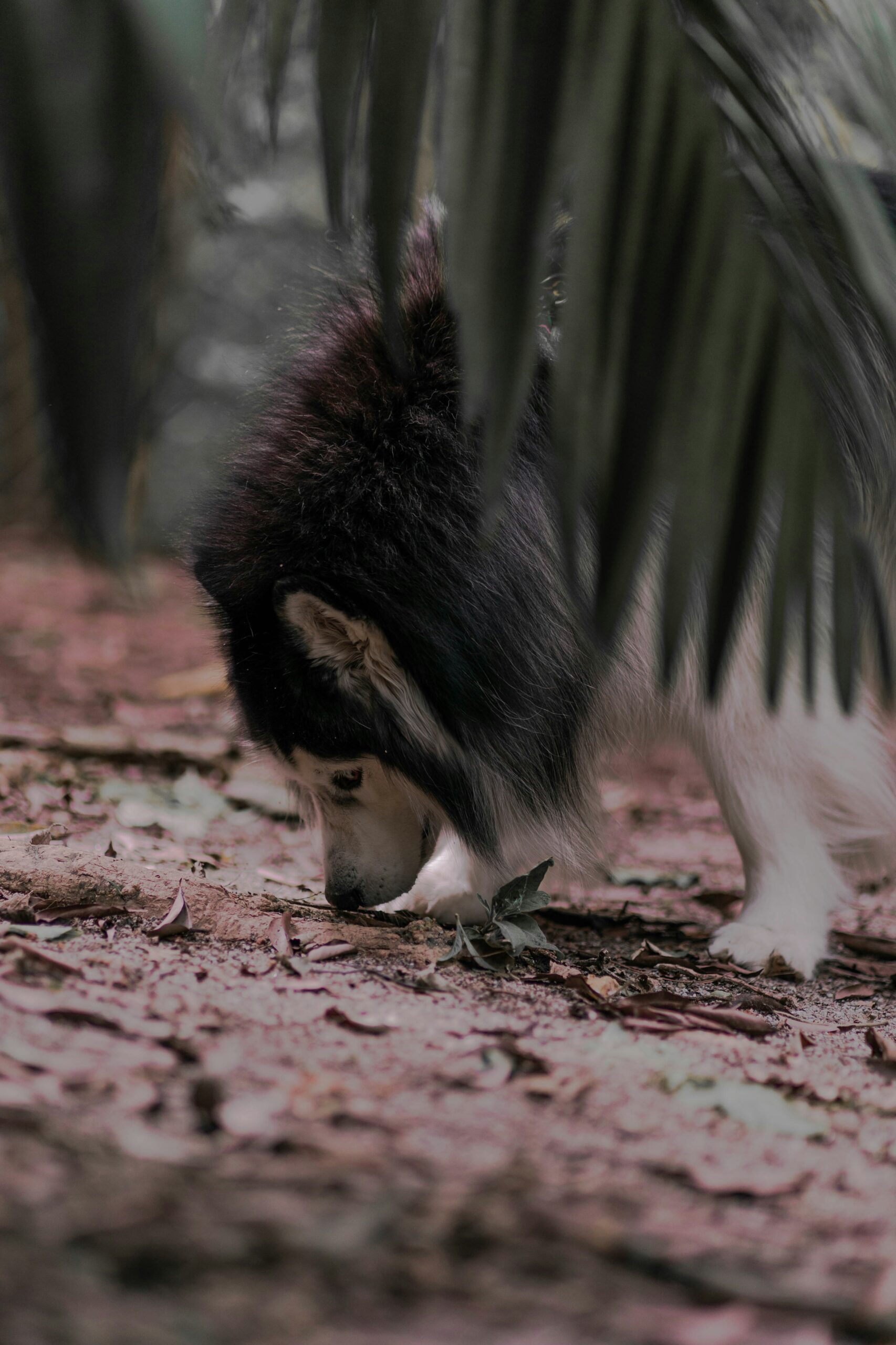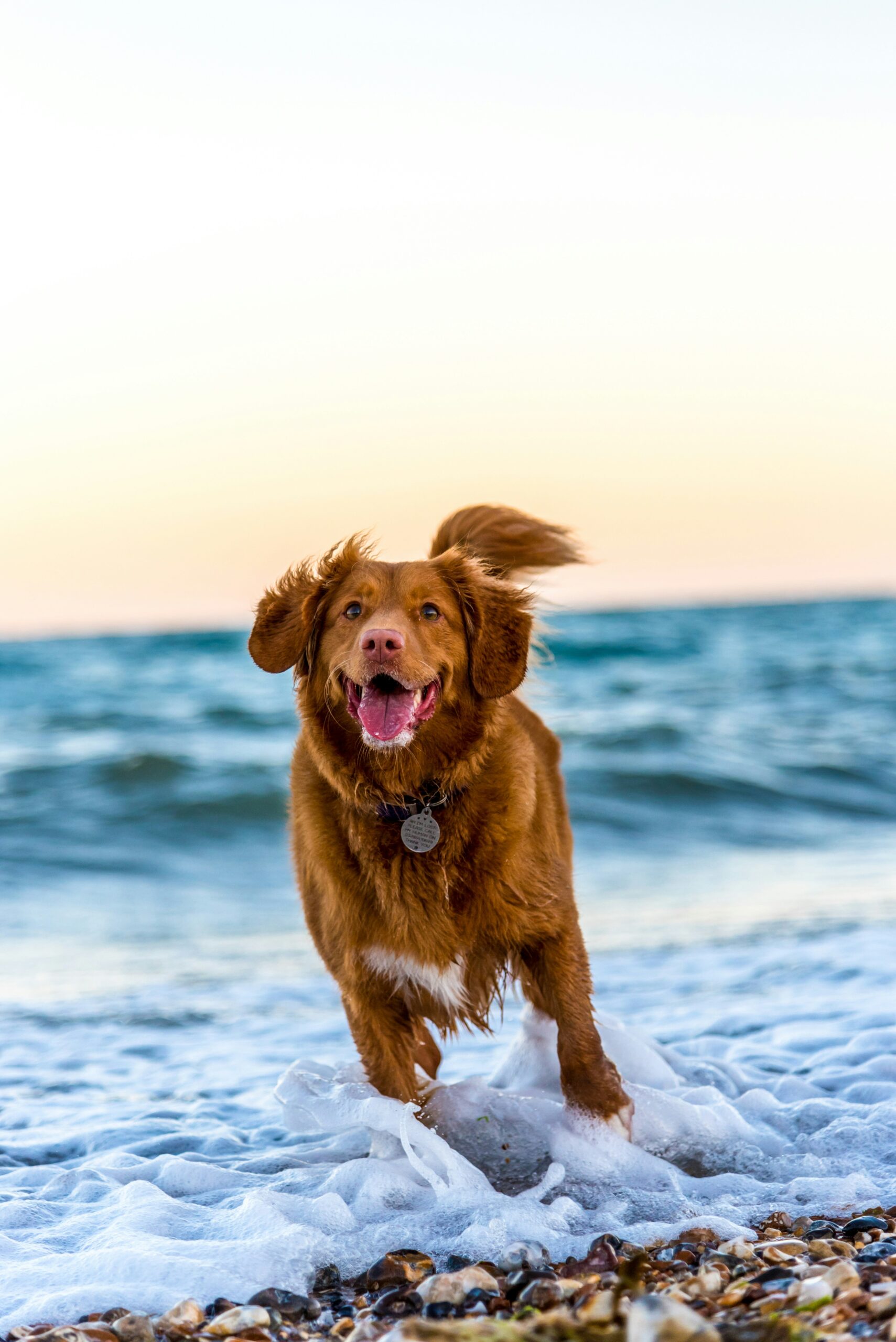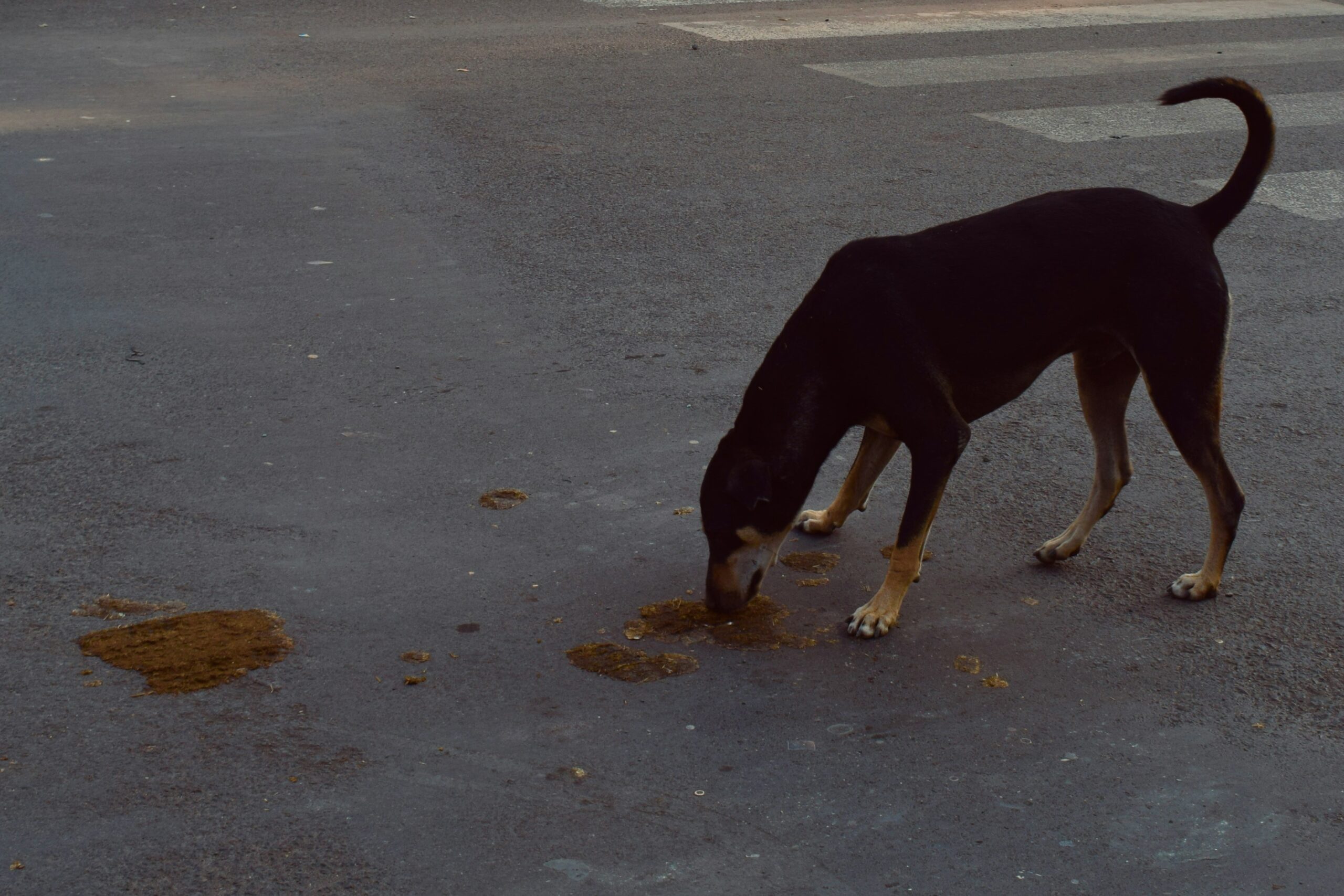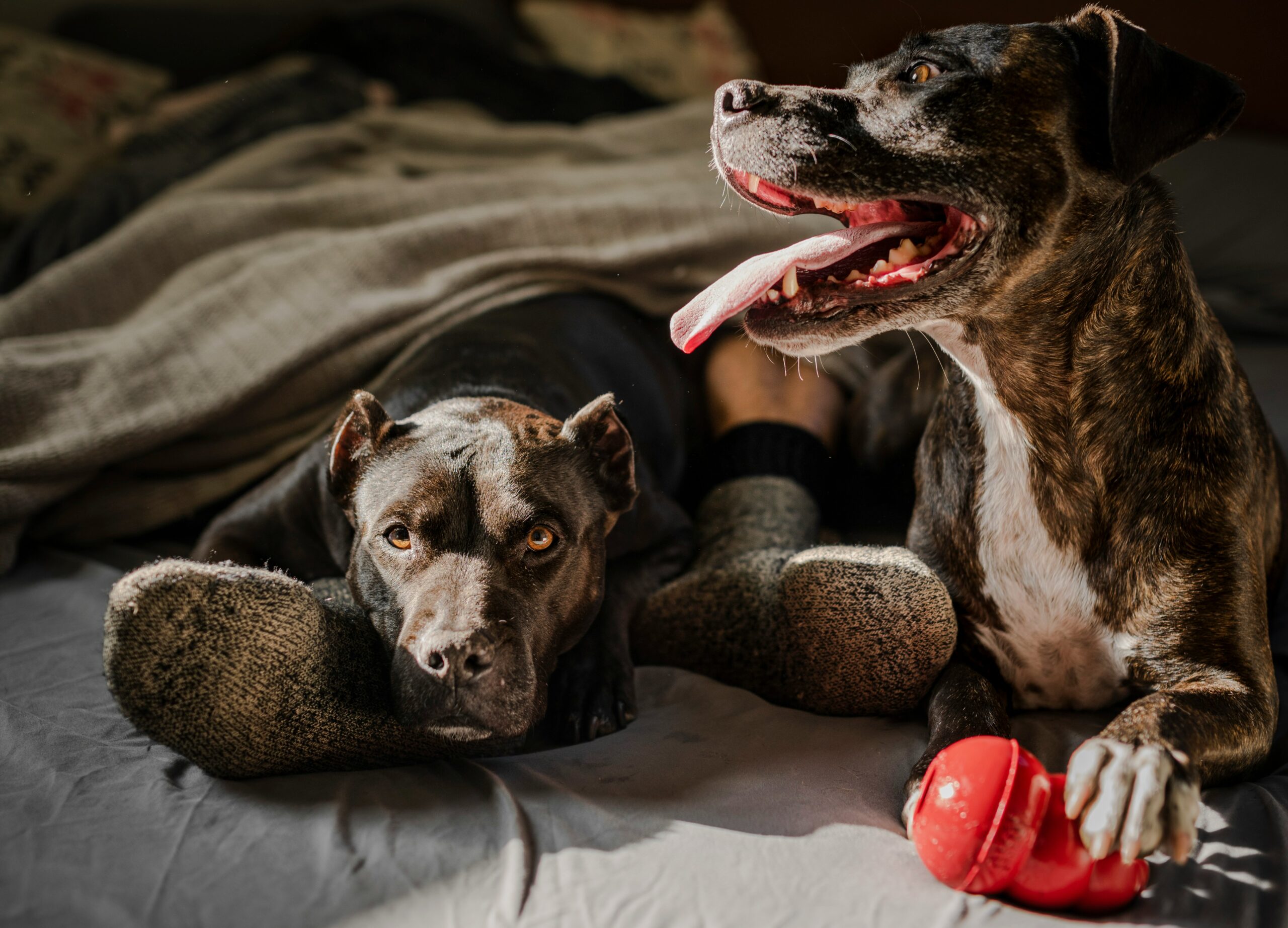Dog Shedding: Why It Happens and How to Reduce It Naturally
If you own a dog, you’ve probably noticed hair — everywhere. On your clothes, your couch, and sometimes even in your morning coffee. While shedding is completely normal, excessive shedding can be frustrating for pet owners and uncomfortable for dogs. Understanding why dogs shed, what’s normal, and how to reduce it naturally can make life easier for both you and your furry friend.
What Is Dog Shedding?
Shedding is the natural process of losing old or damaged hair to make room for new, healthy fur. Every dog sheds to some extent, but the amount and frequency depend on factors like breed, health, and environment.
For example, Labradors, German Shepherds, and Huskies are known to shed heavily year-round, while breeds like Poodles or Maltese shed very little.
In most cases, shedding follows the seasons. Dogs tend to shed more in spring and fall — spring to lose their winter coats, and fall to grow new fur for the colder months. Indoor dogs, however, may shed more consistently throughout the year because artificial light and temperature confuse their natural cycles.
Why Dogs Shed
There are many reasons dogs shed, and not all are bad. Here are the most common ones:
1. Seasonal Changes
As mentioned, most dogs shed their coat in response to changes in daylight and temperature. It’s their body’s natural way of adapting to the seasons.
2. Health and Nutrition
A poor diet is one of the biggest causes of excessive shedding. Dogs need balanced nutrition with enough omega-3 and omega-6 fatty acids, protein, and vitamins to maintain healthy skin and fur.
Low-quality dog food may lead to brittle hair, dry skin, and more shedding.
3. Stress and Anxiety
Just like humans, dogs can shed more when they’re stressed. Changes in routine, loud noises, moving to a new home, or even a new family member can trigger hair loss.
4. Parasites or Skin Problems
Fleas, ticks, or mites can irritate a dog’s skin and cause them to scratch excessively — which leads to more shedding. Skin infections or allergies can also play a role.
5. Hormonal or Medical Conditions
Certain health issues like hypothyroidism, Cushing’s disease, or hormonal imbalances can cause unusual shedding or bald patches. If your dog is losing hair unevenly or has red, irritated skin, it’s time for a vet visit.
How to Reduce Dog Shedding Naturally
While you can’t stop shedding completely (nor should you), there are many ways to reduce it and keep your home fur-free.
🪮 1. Brush Your Dog Regularly
Regular brushing is the best way to manage shedding. It removes loose hair before it falls everywhere and helps distribute natural oils that keep the coat healthy.
- Short-haired breeds: Brush 2–3 times a week.
- Long-haired breeds: Daily brushing works best.
Use a deshedding tool like the Furminator, or a slicker brush for long-haired dogs.
🛁 2. Bathe Your Dog Properly
Bathing helps loosen and wash away excess fur. Use a gentle, hypoallergenic dog shampoo and avoid over-bathing, which can dry out the skin.
Adding a bit of coconut oil to the shampoo or using a moisturizing conditioner can also reduce dryness and shedding.
🥩 3. Improve Their Diet
Feed your dog high-quality food rich in fatty acids (like salmon oil or flaxseed oil). These nutrients keep the skin hydrated and fur strong.
Look for foods that list meat or fish as the first ingredient — not grains or fillers.
🌿 4. Try Natural Supplements
Adding supplements like Omega-3, Vitamin E, or biotin can help improve coat condition and reduce shedding. Always consult your vet before adding anything new to your dog’s diet.
😌 5. Keep Stress Levels Low
A relaxed dog is a healthier dog. Spend quality time together, go for daily walks, and maintain a stable routine. Dogs thrive on consistency and love.
🏠 6. Clean the Environment
Vacuuming regularly and using air purifiers can help manage stray hair in your home. A lint roller or rubber glove can easily remove fur from furniture or clothes.
When to Worry About Shedding
If you notice bald spots, flaky skin, sores, or a sudden increase in shedding, it might indicate an underlying problem. Visit your veterinarian to rule out allergies, infections, or hormonal disorders.
Healthy shedding should be even and gradual — not patchy or accompanied by discomfort.
Bonus Tip: Hydration Matters
Dehydration can make your dog’s skin dry and itchy, leading to more shedding. Make sure your dog always has access to clean, fresh water — especially during hot weather or after exercise.



